University certificate
Scientific endorser

The world's largest school of business”
Introduction to the Program
With this 100% online MBA, you will make strategic financial decisions that align the resources of organizations with their long-term objectives”

Technological advances and constant changes in the economic environment have transformed Financial Management, generating both opportunities and challenges for companies. Among the most significant advances are financial digitization and process automation, which allow for a more precise, agile and strategic analysis of financial data. In addition, the adoption of technologies that are revolutionizing transaction management, data security and global financial operations.
However, these advances also present significant challenges. One of them is cybersecurity, as the increase in digitalization exposes companies to greater risks of fraud and computer attacks. Furthermore, economic and regulatory uncertainty forces directors to develop more flexible and resilient strategies to deal with financial crises, inflation and changes in tax regulations.
Another key challenge is talent management in finance, as digital transformation requires professionals with advanced analytical and technological skills. The growing interconnectivity of markets forces CFOs to make decisions in a more dynamic environment, where factors such as exchange rate volatility, inflation and interest rate fluctuations can significantly impact business profitability. Furthermore, the emergence of models based on the digital economy and sustainability has led companies to integrate ESG (Environmental, Social and Governance) criteria into their financial strategies, which adds new variables to decision making. This is why the MBA in Financial Management (CFO, Chief Financial Officer) is presented as one of the programs with the most up-to-date teaching methodology on the market.
All this is carried out using a 100% online teaching methodology, which allows professionals to continue with their work without any interruptions, since it is completely adapted to their personal circumstances.
You will develop leadership and decision-making skills in complex financial situations, with a focus on maximizing shareholder value”
This Professional master’s degree MBA in Financial Management (CFO, Chief Financial Officer) contains the most complete and up-to-date program on the market. The most important features include:
- The development of case studies presented by experts in Financial Management
- The graphic, schematic, and practical contents with which they are created, provide scientific and practical information on the disciplines that are essential for professional practice
- Practical exercises where self-assessment can be used to improve learning
- Its special emphasis on innovative methodologies in Financial Management (CFO, Chief Financial Officer)
- Theoretical lessons, questions to the expert, debate forums on controversial topics, and individual reflection assignments
- Content that is accessible from any fixed or portable device with an Internet connection
You will supervise efficient financial control systems that guarantee the profitability of the company and the correct allocation of resources”
Its teaching staff includes professionals from the field of Financial Management (CFO, Chief Financial Officer), who bring their work experience to this program, as well as renowned specialists from leading companies and prestigious universities.
The multimedia content, developed with the latest educational technology, will provide the professional with situated and contextual learning, i.e., a simulated environment that will provide an immersive learning experience designed to prepare for real-life situations.
This program is designed around Problem-Based Learning, whereby the student must try to solve the different professional practice situations that arise throughout the program. For this purpose, the professional will be assisted by an innovative interactive video system created by renowned and experienced experts.
You will learn through real cases and by solving complex situations in simulated learning environments"

With the Relearning system you will not have to invest a great amount of study hours and you will focus on the most relevant concepts"
Why study at TECH?
TECH is the world’s largest online university. With an impressive catalog of more than 14,000 university programs available in 11 languages, it is positioned as a leader in employability, with a 99% job placement rate. In addition, it relies on an enormous faculty of more than 6,000 professors of the highest international renown.

Study at the world's largest online university and guarantee your professional success. The future starts at TECH”
The world’s best online university according to FORBES
The prestigious Forbes magazine, specialized in business and finance, has highlighted TECH as “the world's best online university” This is what they have recently stated in an article in their digital edition in which they echo the success story of this institution, “thanks to the academic offer it provides, the selection of its teaching staff, and an innovative learning method aimed at educating the professionals of the future”
A revolutionary study method, a cutting-edge faculty and a practical focus: the key to TECH's success.
The most complete study plans on the university scene
TECH offers the most complete study plans on the university scene, with syllabuses that cover fundamental concepts and, at the same time, the main scientific advances in their specific scientific areas. In addition, these programs are continuously being updated to guarantee students the academic vanguard and the most in-demand professional skills. In this way, the university's qualifications provide its graduates with a significant advantage to propel their careers to success.
TECH offers the most comprehensive and intensive study plans on the current university scene.
A world-class teaching staff
TECH's teaching staff is made up of more than 6,000 professors with the highest international recognition. Professors, researchers and top executives of multinational companies, including Isaiah Covington, performance coach of the Boston Celtics; Magda Romanska, principal investigator at Harvard MetaLAB; Ignacio Wistumba, chairman of the department of translational molecular pathology at MD Anderson Cancer Center; and D.W. Pine, creative director of TIME magazine, among others.
Internationally renowned experts, specialized in different branches of Health, Technology, Communication and Business, form part of the TECH faculty.
A unique learning method
TECH is the first university to use Relearning in all its programs. It is the best online learning methodology, accredited with international teaching quality certifications, provided by prestigious educational agencies. In addition, this disruptive educational model is complemented with the “Case Method”, thereby setting up a unique online teaching strategy. Innovative teaching resources are also implemented, including detailed videos, infographics and interactive summaries.
TECH combines Relearning and the Case Method in all its university programs to guarantee excellent theoretical and practical learning, studying whenever and wherever you want.
The world's largest online university
TECH is the world’s largest online university. We are the largest educational institution, with the best and widest online educational catalog, one hundred percent online and covering the vast majority of areas of knowledge. We offer a large selection of our own degrees and accredited online undergraduate and postgraduate degrees. In total, more than 14,000 university degrees, in eleven different languages, make us the largest educational largest in the world.
TECH has the world's most extensive catalog of academic and official programs, available in more than 11 languages.
Google Premier Partner
The American technology giant has awarded TECH the Google Google Premier Partner badge. This award, which is only available to 3% of the world's companies, highlights the efficient, flexible and tailored experience that this university provides to students. The recognition as a Google Premier Partner not only accredits the maximum rigor, performance and investment in TECH's digital infrastructures, but also places this university as one of the world's leading technology companies.
Google has positioned TECH in the top 3% of the world's most important technology companies by awarding it its Google Premier Partner badge.
The official online university of the NBA
TECH is the official online university of the NBA. Thanks to our agreement with the biggest league in basketball, we offer our students exclusive university programs, as well as a wide variety of educational resources focused on the business of the league and other areas of the sports industry. Each program is made up of a uniquely designed syllabus and features exceptional guest hosts: professionals with a distinguished sports background who will offer their expertise on the most relevant topics.
TECH has been selected by the NBA, the world's top basketball league, as its official online university.
The top-rated university by its students
Students have positioned TECH as the world's top-rated university on the main review websites, with a highest rating of 4.9 out of 5, obtained from more than 1,000 reviews. These results consolidate TECH as the benchmark university institution at an international level, reflecting the excellence and positive impact of its educational model.” reflecting the excellence and positive impact of its educational model.”
TECH is the world’s top-rated university by its students.
Leaders in employability
TECH has managed to become the leading university in employability. 99% of its students obtain jobs in the academic field they have studied, within one year of completing any of the university's programs. A similar number achieve immediate career enhancement. All this thanks to a study methodology that bases its effectiveness on the acquisition of practical skills, which are absolutely necessary for professional development.
99% of TECH graduates find a job within a year of completing their studies.
Executive Master's Degree in Financial Management (CFO, Chief Financial Officer)
Taking into account that in order to guarantee a high level of competitiveness in a business or company it is essential to carry out a careful economic management, TECH Global University designed a complete Executive Master's Degree, aimed at strengthening the logistic-administrative skills of the students. Thanks to the syllabus, it is possible to review the knowledge concerning the management and strategic planning of accounting in an organization, in order to design viable investment projects that allow their respective insertion in national and international financial markets. All this following the legal, fiscal and ethical frameworks that regulate this process. Consequently, the mastery of this thematic axis facilitates both the understanding of value creation processes and the evaluation of their degree of relevance, which in turn allows structural analysis of the cost of capital and economic valuation methods. These bases provide the professional with a set of skills that, at the end of the program, can be mobilized to develop projection models that prevent risks and also guarantee solid financial security for the company.
Study this Postgraduate Degree MBA in Financial Management (CFO, Chief Financial Officer) completely online
With this postgraduate degree offered by TECH, students will identify and apply each of the existing tools to ensure, simultaneously, the viability of projects and the sustainability of the company over time, whether it is a consolidated or growing organization. For the correct approach to the latter case, the program offers a series of specialized contents on the creation of startups and the available subsidies to develop it. Likewise, several cases are presented that will enable the professional in the formulation of economic growth plans, focused on the strengthening of organizational capabilities of adaptability to all kinds of changes in the field of finance. This will also enable them to develop the necessary skills for the implementation of policies that optimize the management of treasury, investments and taxation. In this way, the future graduate of the Executive Master's Degree in Financial Management (CFO, Chief Financial Officer) will be able to manage with ease in all types of environments, since, based on their strong leadership skills, they will enhance partnership opportunities and simplify decision making.


